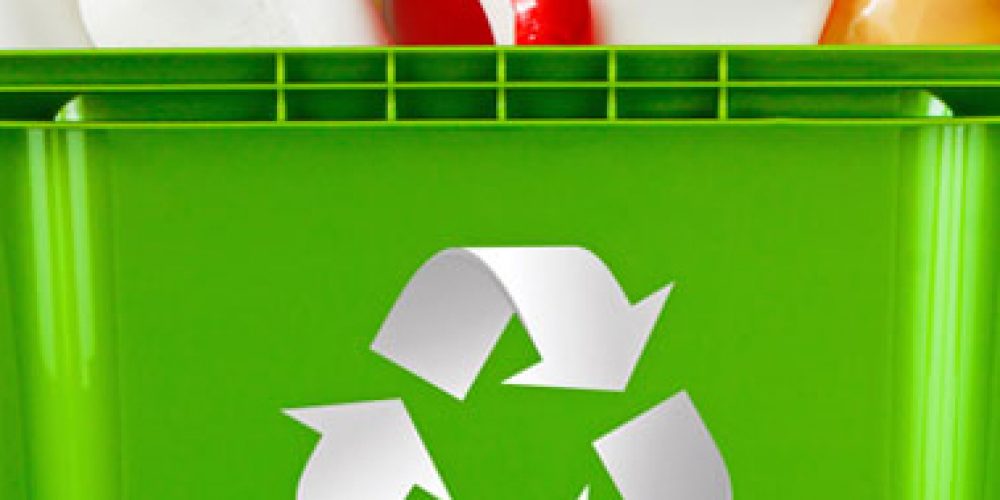MILAN – PlasticsEurope, official spokesman for European plastic manufacturers based in Brussels and representative offices in all 27 EU Member States, analyzed how and how plastic becomes a sustainable resource that helps to efficiently preserve the preserving resources, protecting the climate and improving the quality of life. From domestic use to transport, there are many positive aspects deriving from the use of this material, sometimes even little known.
LESS PETROLEUM – According to reports from PlasticsEurope, the production of plastics consumes only a small amount of raw materials. Regarding the use of oil in its construction, the sector uses only 4% of the total production of oil and gas in Europe. The advantages are undoubted: heating and fuel use almost 90% of oil, an exclusive and short-term use. Plastic products, on the other hand, have a long life, are resistant to wear and continue to be useful at the end of their life cycle through recycling or energy recovery.
TRANSPORT – Even in the transport sector, plastic plays an important role. Thanks to the use of lightweight and high performance plastics, the cars are lighter and safer both in the bodywork and in the engine. The transport of packaged goods is another area in which plastic plays a primary role in reducing environmental impact. According to PlasticsEurope, compared to other materials, plastic is up to 85% lighter, a factor that significantly reduces the consumption of cars, commercial vehicles, trains, buses and planes. A car weighing 100 kg less consumes up to 0.6 liters less per 100 km.
MODERN APPLICATIONS – Many modern applications in the most diverse sectors would be difficult to achieve without plastic. Its versatility makes it a unique material that allows revolutionary innovations in every field of our life. The Internet has also benefited from this: navigation would be impossible without plastic, which covers ultra-fast broadband cables.
EU OBJECTIVES – EU Heads of State have adopted binding targets that foresee the use of 20% renewable energy by 2020. Plastics will make a decisive contribution to achieving these goals. In fact, plastic is indispensable for the production of photovoltaic cells, solar panels and wind turbines, is weatherproof, long lasting and meets the most rigorous safety standards.
HOUSEHOLD USE – Houses, after transport, represent the second largest consumer of energy. Plastic, excellent as an insulator and sealant, contributes enormously to improving energy efficiency and thus reducing harmful CO2 emissions. Plastic offers innovative, relevant and reliable solutions for comfortable buildings with high energy efficiency, effective both in cold climates and in hot climates and adaptable to different architectural traditions. Furthermore, the intrinsic energy of plastic products can be reused for recycling or for the production of heat in cogeneration plants.

